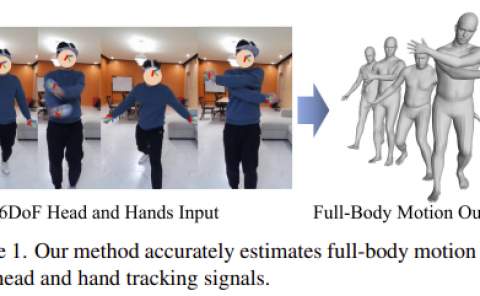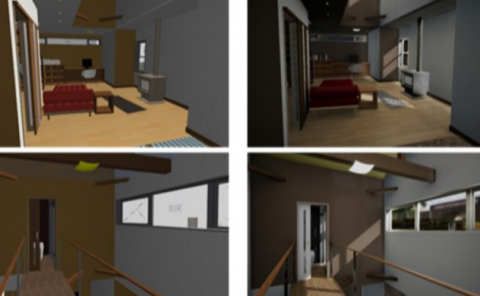Implementation of the XR Rehabilitation Simulation System for the Utilization of Rehabilitation with Robotic Prosthetic Leg
PubDate: December 2022
Teams: Kwangwoon University;University of Ulsan College of Medicine;University of Ulsan
Writers: Woosung Shim 1ORCID,Hoijun Kim 2ORCID,Gyubeom Lim 2,Seunghyun Lee 3ORCID,Hyojin Kim 4,Joomin Hwang 4,Eunju Lee 4,Jeongmok Cho 5,Hyunghwa Jeong 5,Changsik Pak 5,Hyunsuk Suh 5,Joonpio Hong 5,* andSoonchul Kwon 1,*ORCID

Abstract
With the recent development of a digital rehabilitation system, research on the rehabilitation of amputees is accelerating. However, research on rehabilitation systems for patients with amputation of the lower extremities is insufficient. For the rehabilitation of amputees, it is important to maintain muscle mass through the improvement of muscle movement memory, continuous rehabilitation learning, and motivation to improve efficiency. The rehabilitation system in a virtual environment is convenient in that there is no restriction on time and space because rehabilitation training of amputees is possible without removing/attaching general prosthetic legs and robot prosthetic legs. In this paper, we propose an XR rehabilitation system for patients with lower extremity amputation to improve the motivational aspect of rehabilitation training. The proposed method is a system that allows patients and clinical experts to perform rehabilitation in the same environment using two XR equipment called HoloLens 2. The content was provided in the form of a game in which the number of movements of amputees was allocated as scores to enhance rehabilitation convenience and motivation aspects. The virtual 3D model prosthetic leg used in-game content worked through the acquisition and processing of the patient’s actual muscle EMG (ElectroMyoGraphy) signal. In order to improve reactivity, there was a time limit for completing the operation. The classified action should be completed by the amputee within the time limit, although the number of times set as the target. To complete the operation, the amputee must force the amputation area to exceed an arbitrarily set threshold. The evaluation results were evaluated through an independent sample t-test. we contribute to the development of digital rehabilitation simulation systems. XR rehabilitation training techniques, operated with EMG signals obtained from actual amputation sites, contribute to the promotion of rehabilitation content in patients with amputation of the lower extremities. It is expected that this paper will improve the convenience and rehabilitation of rehabilitation training in the future.


